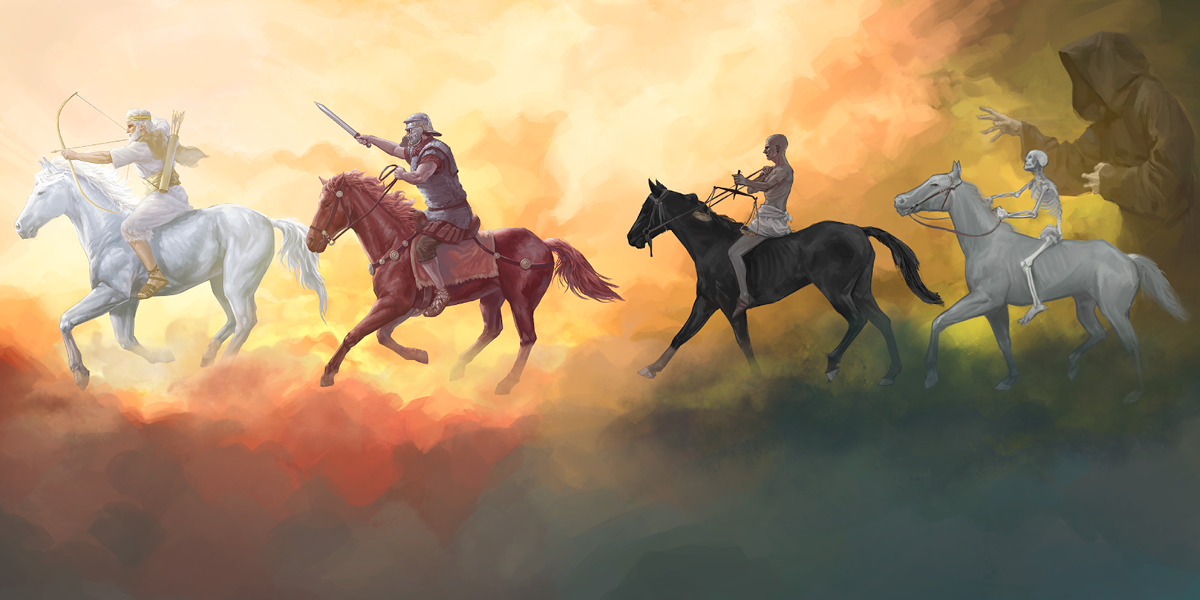I use Social Media as a tool because out of all wealth-creating machines since human existence, it is the first machine to be made available to everyone at a fraction of a cost.
Erstwhile it was Land and Capital both of which also needed “mass labour” to be applied to them to build wealth.
Now, social media is the leverage that offers an unfair advantage. However, what we are all lacking now is how to apply it.
You see, once a thing becomes commonplace, and access is evenly distributed, abuse becomes the common theme of such. It takes a witty mind to bring value out of a commonplace asset.
So it explains why a lot abuse it or don’t see its value.
If it was capital, because that is scarce, you tend to place lots of value on it. Same goes for land.
Social media gives one thing that I’ve addressed on a large scale in a thread that I titled “What The Internet Did”
I will touch a bit on it again.
Before that, let me quickly tell you not to be narrowly minded…
When I say wealth, I don’t mean money alone, sure money is part of it. But only a fraction of it.
Wealth of all kinds are a game of asymmetry (benefiting from fat tails).
What’s the meaning of that?
If you want a rich relationship, the good thing to do is to work on it to make big attempts to impress your girl/guy and to make them happy.
But it turns out more often than not that while the big things are good and must be done, what really makes your partner happy and impressed are in the little things you do that you don’t even count on. When you ask the other, that’s why you will be acclaimed for.
That doesn’t mean you shouldn’t do the big things, you should and if you don’t, it won’t be nice. But little things, in the end, added up, make the most important memories that strengthen the relationship.
Those little things are the asymmetry returns that I’m talking about.
Think about it sort of in terms of the Pareto principle of 80/20.
I will now talk about money because I know we all need that as well.
It is my opinion that when you don’t have money, to live a free life, the first thing to optimize for is that money. It gives you options
Same asymmetry returns are seen in the money as a fraction of wealth.
You will do all the work and more. But what launches you to plenty of money is the fat tail (the little things that you do).
The little thing can be just the 10% of your income that you save monthly and you allowed it to compound over the period. It could also be some side bets that you take on the side.
You may just help someone without even knowing and that will be the beginning of a life free from money issues or you build a thing that you never thought could sell and it sells like harmattan fire.
Asymmetry returns are what builds all sorts of wealth.
The thing about asymmetry returns (fat tails) is that you can bring yourself closer to it.
I mean that. I’ve seen it happen again and again.
Why do you think the rich keep getting richer and the poor keep getting poorer?
The rich are closer to asymmetries that position them to benefit from such than the poor. Even Jesus said from those who do not have we’ll take and give to those who do have. “Having” gets you closer to asymmetry returns.
Before now, “having” used to be constrained to land and capital. And those two things are very difficult to come by (I mean that). So it makes it difficult for the poor to have. The one major thing that “having” brings is its distribution power.
Distribution has ramifications.
The rich have a lot of capital, in effect, he can get a lot of things and all he needs to become richer is for one to two of those bets among 100 to give some asymmetry returns and the result is more wealth. That’s richer yet again. The poor can’t afford such a luxury. You can’t spread much.
What I’m talking about can also be explained by the power law in mathematics (check that out). Well, the game is usually stacked against the poor man from time immemorial. Social Media changed that.
Look at me for instance, my parents have no big money to hand over to me, so I have no capital endowment or land endowment, invariably, I can’t compound labour. But a time came in 2019 when I needed a new job. The one I was doing at the time, I got from social media to start with.
For the new job, even though no one knows my papa’s name, I just messaged a contact on social media that I needed a new job and specified which industry I wanted that to be. Less than 2 months later, I had a new job offer.
Growing up, what society taught me and you through stories and Nollywood was that only those with capital (the rich) can make such calls and they will have it done. Well, the machines of wealth now include a new thing; that’s the social capital through social media.
With the help of social media, I also could make such a call even without capital or land. How could I or the “rich” folks do that?
That’s the point of distribution that I mentioned earlier.
Capital gives you access to distribution that gets you closer to asymmetry returns. Social Media is doing that for me. It’s getting interesting now, don’t stop reading yet.
The currency of capital is money (more money means more distribution power). I don’t have that but I can still get a type of distribution. The currency of social media is VALUE.
Social media is a place that once you prove yourself as a person of value, distribution will be handed over to you. Let me explain.
The person I called for that job said something about me later on after that episode:
“…I spot your talent”
That’s the word.
You see because you have no capital (money) you need to give the world an alternative to be worthy of that distribution. Distribution for social media is simply a function of “how many people can spot your talent”
The more people who can spot it, the more distribution you get and the more wealth you can command. That’s the social media equation.
And let me tell you this, if that value is there, it will ALWAYS be spotted. I’ve done it on two social media platforms (LinkedIn & Twitter) and I got results. When you exhume Value on social media, what naturally happens is that those who can relate to your kind of value will gravitate towards you. The more people who gravitate towards you, the “wealthier” you become. That’s because those gravitations are people who have spotted your talent and can be called on at any time once you build the relationship.
Okay, I exclaimed lobatan (it is finished) when I saw a comment from someone as I was writing this. This is someone I added to my list of “those to meet.” I didn’t know he’s been “understanding how I think” (his comment on a post I made).
I should just stop writing this long explanation now. You should know by now that I know what I’m talking about. Social Media (Internet as the parent) is a leveller and the ultimate leverage.









